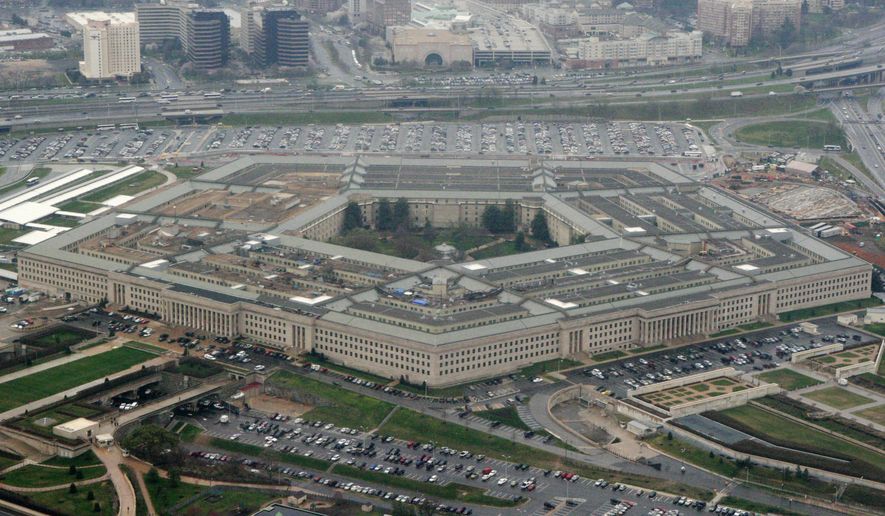
ANALYSIS/OPINION:
Stakes were high in the Cold War era. The specter of nuclear war loomed ever-present. Back then, America had the troops, the equipment and the powerful allies needed to confront Soviet expansionism on multiple fronts, while keeping lesser threats at bay.
Today, the U.S. military[1] is one-third smaller, and though it wields more advanced weaponry, it must operate in a world that holds no less danger and poses threats that are far more complex.
Rather than account for just one superpower, the U.S. military[2] must now account for at least four regional powers — Russia, China, Iran and North Korea — as well as international terrorist organizations. Our armed forces have done that, even as they’ve waged wars in the Middle East and South Asia.
But executing these responsibilities has taken a toll. U.S. force is wearing out and must be rebuilt if the nation is to secure its interests, assure its allies, and deter its adversaries in the future.
Shortly after being confirmed as defense secretary, James N. Mattis testified that he was shocked by how much the military[3] had deteriorated a scant four years after his retirement from active duty.
Introducing his national defense strategy this January, Mr. Mattis warned, Our “competitive edge has eroded in every domain of warfare, air, land, sea, space and cyberspace, and it is continuing to erode.” He traced the decline in military readiness to “the longest continuous stretch of combat in our nation’s history and defense spending caps,” a combination that has “created an overstretched and under-resourced military.”
Evidence of this dangerous condition has been plain to see. A series of fatal accidents involving ships, aircraft, and ground troops in training testify to the deteriorated state of our military.
Mr. Mattis is right to prioritize regaining lethality across the force. But there is much more to be done....
A small force, relative to requirements, must not only be ready for action, it must be perceived as being ready. Otherwise, it will not be able to deter bad behavior or amplify diplomatic efforts. It must also be able to bring daunting force to bear in more than one conflict area at once — and that demands size.The U.S. has entered mutual security compacts in widely separated regions. We must have a force sufficiently large to ensure it can actually fulfill these commitments, thereby leaving no doubt in the calculations of our competitors in those regions.And, when force is actually needed, our military must be able to sustain operations in one theater, replacing losses without having to strip forces from other vulnerable regions. That’s something it would have trouble doing today.As we’ve seen in Afghanistan and Syria, the use of military power against even lower-tier threats does not come without cost. Putting an aircraft in the skies above Syria consumes planned service life for that plane — whether it is dropping bombs or
